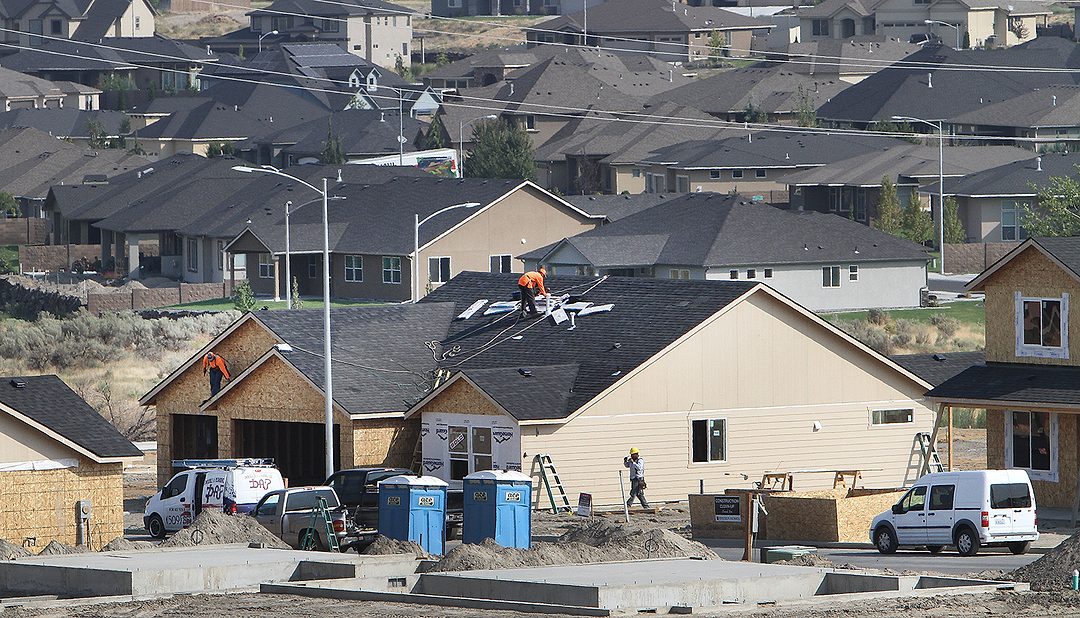
Home » Tri-Cities’ population climbs 1.7 percent
Tri-Cities’ population climbs 1.7 percent

May 6, 2018
The Tri-City area’s population grew by 1.7 percent over last year to 283,830 people.
That’s up from 279,170 last year, according to the state Office of Financial Management’s data released June 30, 2017.
Since 2000, the population of the Tri-Cities metropolitan area — which includes all of Benton and Franklin counties —jumped about 48 percent, adding 92,008 people.
The area’s five-year growth rate is 8.1 percent and the 10-year growth rate is 12 percent.
West Richland showed the highest year-over-year growth with a 2.2 percent increase, bringing the population to 14,660. Pasco reported 1.6 percent growth with 71,680 people; Kennewick, 1.5 percent growth with 80,280 people; and Richland 1.4 percent growth with 54,150 people.
During the past 10 years, Pasco’s population added 39,614 more people, growing by 123 percent, the highest 10-year growth rate of any of the Tri-Cities.
The state’s year-over-year population grew by an estimated 126,600 people, a 1.76 percent increase over the past year — the largest percentage increase since 2006. As of April 1, 2017, there were more than 7.3 million Washington residents, according to the state’s annual estimates.
Migration is once again the primary driver behind Washington’s population growth, according to OFM. From 2016-17, net migration (people moving in versus moving out) to Washington totaled 90,800, up 3,700 from last year. Net migration accounted for 72 percent of the state’s population growth this year, with natural increase (births minus deaths) responsible for the other 28 percent (35,800 persons).
The top cities for population growth, in descending order, are Seattle, Vancouver, Spokane, Federal Way, Kent, Tacoma, Auburn, Redmond and Everett, OFM said.
The state added 39,500 housing units in 2017, compared with 34,400 in 2016, an increase of 15 percent. The level of housing growth remains below the prior decade average of 43,500 units per year. Statewide, more than 52 percent of all new housing units were associated with multi-family structures.
Information on population estimates for the state, counties, cities and towns is available at ofm.wa.gov/pop/april1/.
Construction + Real Estate
KEYWORDS focus real estate construction 2017





